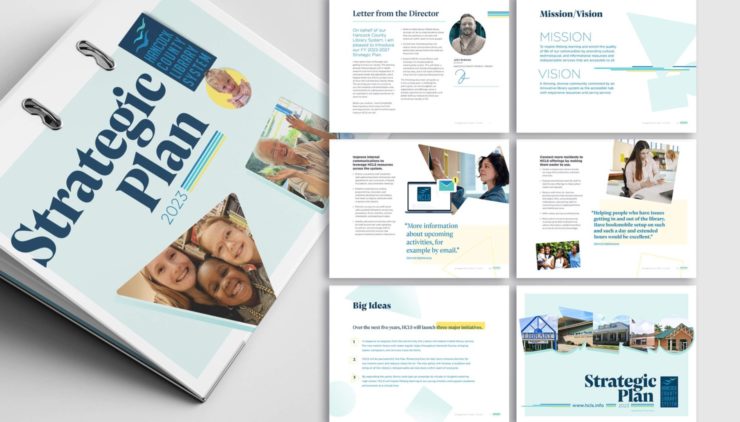The strategic planning we performed with Hancock County Library System (HCLS) helped it strengthen its services, organizational health, and long-term success.
Project Overview
Challenge
- Repeated turnover at the director level left staff unsure of priorities and reduced the confidence of municipalities and funding agencies in Library leadership
- The multi-jurisdictional system had trouble leveraging its dedicated staff; good intentions, ideas, and enthusiasm weren't always being effectively directed and utilized
- An unusual funding structure made it trickier to create or pursue funding-reliant plans
Approach
- We identified a telephone survey as the best fit for the community, using it as a key component of multifaceted community research and engagement
- We collected staff perspectives through a staff survey and insider interviews, then brought staff and stakeholders together in collaborative planning sessions
- Hancock's new director worked to thoroughly involve community leaders; the Library not only interviewed them but also brought them into its planning and implementation sessions
Outcome
- We learned about the constellation of issues which limit library use for residents, spanning from poverty and lack of transportation to a need for longer library hours
- The Library improved its internal communication through the planning process, as staff collaborated to shape their response to community needs around four focus areas and three major initiatives
- The final plan enabled the director to prioritize his asks from the Foundation; it also established measurable results the Foundation can track to ensure effective use of funds, paving the way for a better relationship and more financial security going forward
HCLS Sought Direction through Strategic Planning
Hancock County has a history of resilience. In 2005, Hurricane Katrina wrought widespread devastation. It destroyed two library branch buildings, damaged others, and left effects which are still visible today. More recently, the Library faced repeated leadership turnover and pandemic disruptions.
Following these disruptions, the Library sought a chance to increase its resilience and orient itself around clear goals. With seven years since its last plan, it knew it needed to study and engage its community so it could identify and prioritize its objectives.
In conjunction with the Library, Ivy performed an array of research, community engagement, and planning services. The strategic planning process illuminated community needs and tactics for addressing them. It also served a valuable role in organizing and improving internal HCLS communications, methods, and relationships.
Any library strategic plan covers more territory than can be conveyed in a single post like this. (Read Hancock's full plan here.) We'll focus our attention on the plan's three major initiatives. These offer clear direction. With them, the Library can quickly begin providing service improvements to residents.
1
Restore mobile library services, bringing books, computers, and services closer to home
2
Remove fines for late items to increase access and circulation
3
Expand the card sign-up campaign to include all students entering high school
Hancock County Library System By the Numbers
Library Locations
5
Service Area Population
47,632
Registered Users
23,082
Annual Expenditures
$1.71 MM
Library staff
28.0 FTE
Legal Basis
County / Parish
Data reported to IMLS, 2020
1 | Restore Mobile Library Services
"Community leaders, HCLS stakeholders, and staff identified transportation issues, lack of reliable at-home internet access, and income as barriers to Library access. Increasing open hours, reinstating mobile library services, and expanding the digital collection will reduce barriers to Library use."
FY 2023-2027 Strategic Plan, p. 11
The Library's first initiative surmounts many barriers to access by bringing materials and services to residents. In their feedback, residents frequently noted their interest in a bookmobile that brings the Library closer to them. Every stakeholder group agreed this should be a priority.
Our research revealed a high level of community need, with 19% of households lacking reliable internet and 29% of children living under the poverty line. For rural residents, even those with reliable transportation, the cost of gas poses tough choices on a limited income. If you need that gas for a trip to the grocery store, it's hard to visit the Library, however much you need or want its services.

By making scheduled stops throughout the service area—for instance at preschools, senior living facilities, and community centers—a bookmobile gives residents ample opportunities to access Library resources.
For HCLS, mobile library services will also help increase awareness. Residents can directly encounter the mobile offerings and also learn about offerings elsewhere in the library system. Increasing both awareness and access makes for a promising initiative!
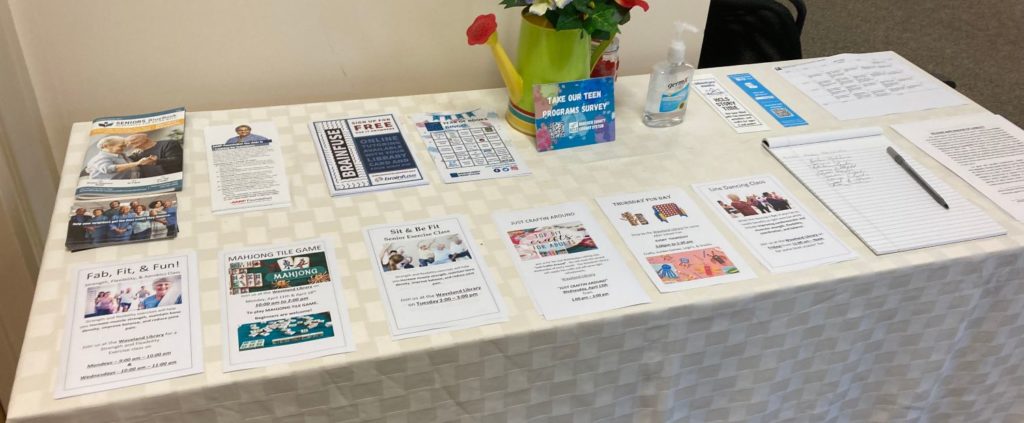
Planning beyond the bookmobile
Mobile services can also include homebound delivery for residents who need it, bringing Library materials and resources right to their door. From our research, 80% of survey respondents are "interested" or "very interested" in delivery to homebound residents.
"Helping people who have issues getting in and out of the library. Have bookmobile setup on such and such a day and extended hours would be excellent."
Community telephone survey respondent
The Library's plans for increasing access include more than mobile services, of course. One notable goal is to extend operating hours. While staff and budget limitations mean this isn't always possible for libraries, for HCLS the value will likely be worth the necessary trade-offs.
Expanding operating hours, or even redistributing the same number of hours in a way that increases evening and weekend hours, makes a big difference. Residents with transportation, childcare, or employment conflicts suddenly gain access to in-library materials and services.
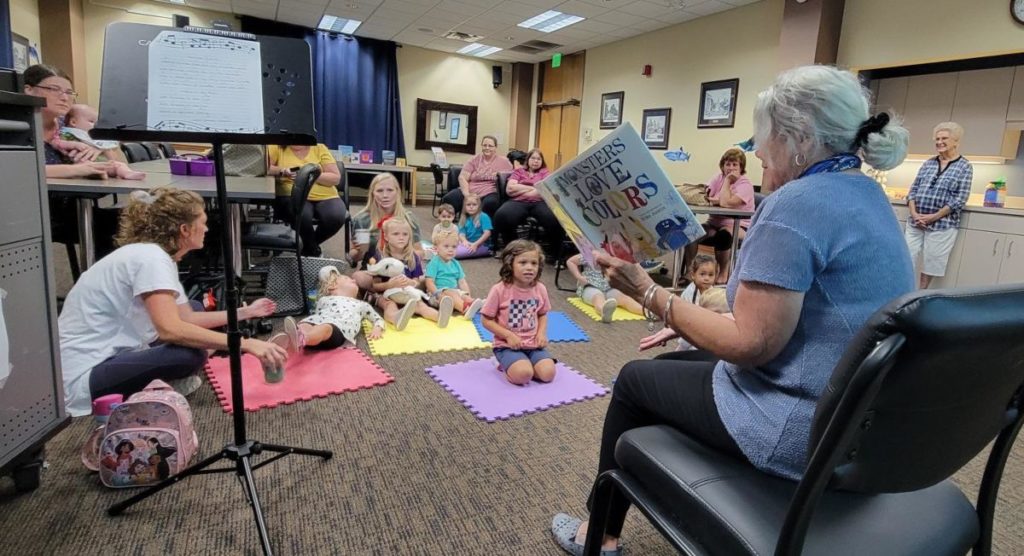
"Slightly later hours after school/work would help us visit more often."
Online comment form submission
2 | Go Fine-Free
As most library insiders know, fines typically make up well under 1% of library budgets, so they're rarely important funding sources. They also don't actually cause books to be returned more promptly.
Often what fines do is make people, especially people with low incomes, anxious. When life happens and a fine accrues, many worry about being able to afford the fee. On account of the fee, these patrons simply don't go back to the Library. (The Library often never gets the late material back as a result!)
When libraries go fine-free, there's almost never a decrease in books being returned on time. In fact, when they first go fine-free, more materials are returned, including some which had been missing for some time. Patrons know that as long as they turn in the overdue material, there's no punishment, and they can resume using their library.
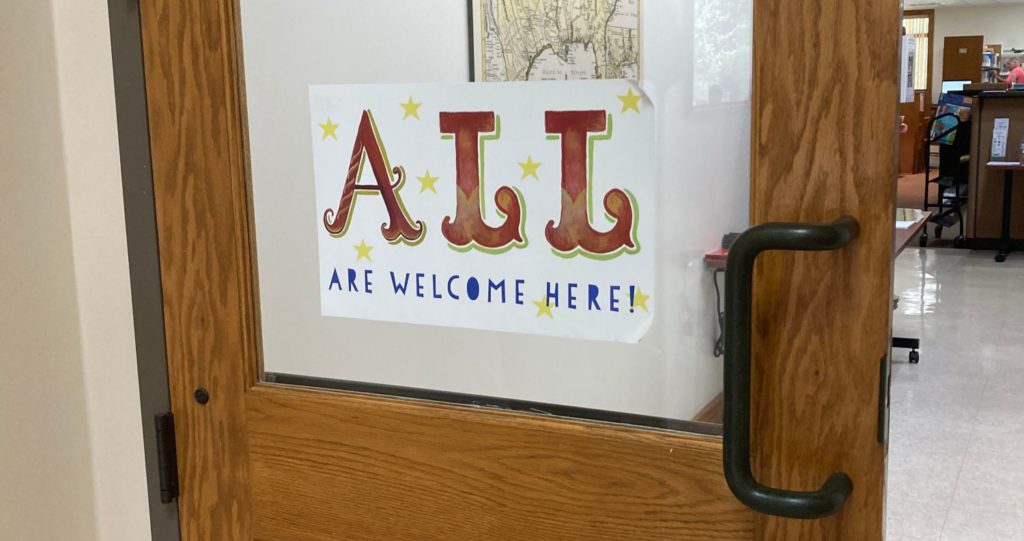
"What surprised me was the extent of the poverty, the digital divide. . . how many families are a flat tire away from chaos. It's opened my eyes to understand how we can start to reach those populations, because it's large."
John Brdecka, Director of HCLS
Small change, large strategic impact
When the HCLS leadership looked at the community data and feedback, they knew that by making this one policy change they could remove a source of stress (for both patrons and staff) and bring more people back to the Library. Because the Library had gone fine-free for a period during the pandemic, they also had internal data to show there had been no decrease in their return rate.
Everything else the Library provides—from job readiness to community resources, from valuable information to opportunities for social connection—relies on bringing people to the Library and maintaining good relationships with them. Connecting more people to the Library and its resources stands at the core of Hancock's mission.
3 | Expand the Sign-up Campaign
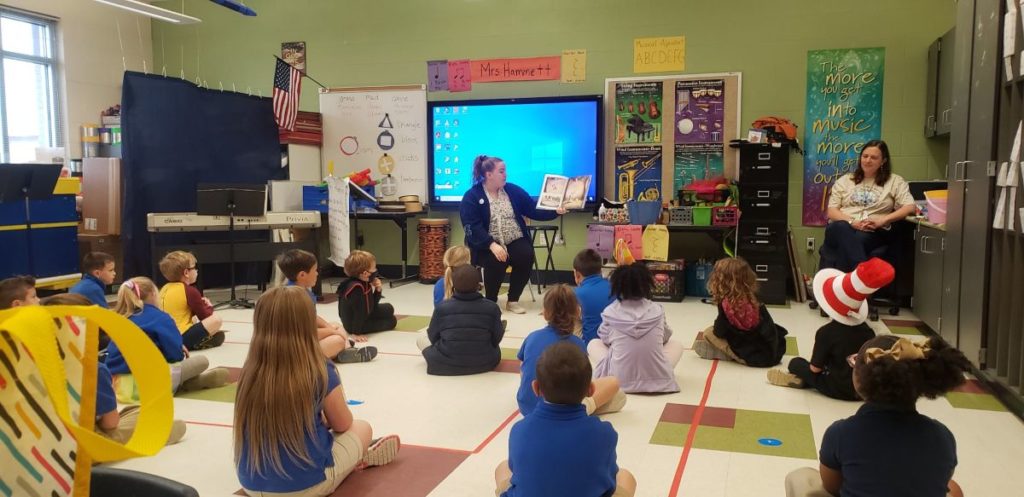
The first four words of the Library's mission statement declare its intent "to inspire lifelong learning." Partnerships with the local schools plant the seeds for that lifelong pursuit. HCLS's second big initiative seeks to give every high school Freshman a library card.
Why give each student an opportunity to connect or reconnect with the Library at this time in their lives? Not only are high schoolers experiencing pivotal stages of emotional and social development, but they find themselves needing many specific resources.
High schoolers can find a lot of support at their local library: an accessible space to study and work on projects, extra help preparing for standardized tests, resources for making career or college decisions, and a safe place to find a community, pursue a hobby, or otherwise relieve stress.
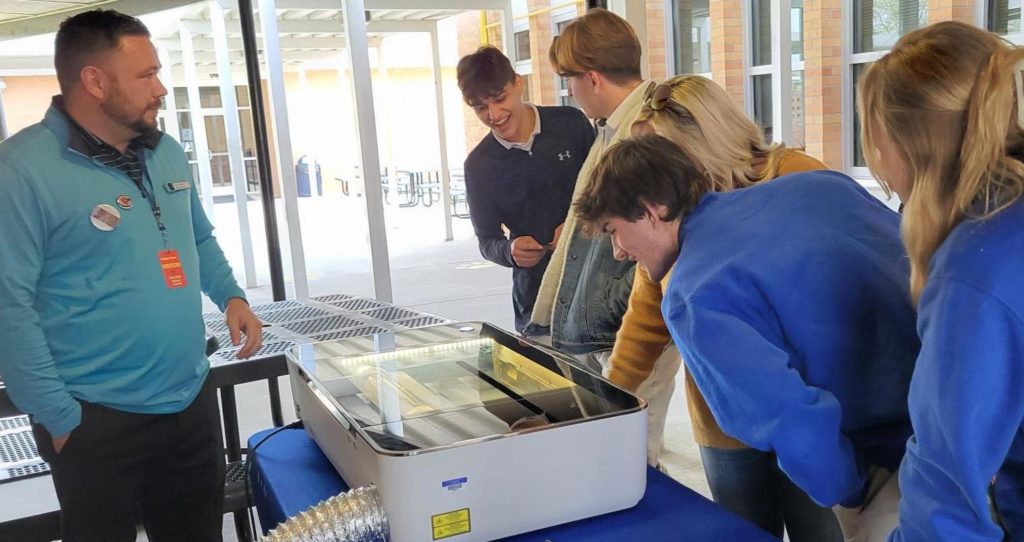
Benefits and opportunities
By expanding its partnership with local schools, Hancock paves the way for further collaboration and better serves its role as a central hub for its community. There are many tangible benefits, like increases in student achievement and time spent in a safe environment. There are many intangible ones, too, like improved social-emotional outcomes, new hobbies, and a sense of belonging.
The strategic plan also outlines other opportunities to better serve teens. For instance, the plan suggests increasing programming geared toward their interests and building more pathways for active teen participation.
"Establish teen advisory boards at each branch to guide collection and program development and promotions, and offer service hours for school requirements."
FY 2023-2027 Strategic Plan, p. 9
Communication is Key in Strategic Planning
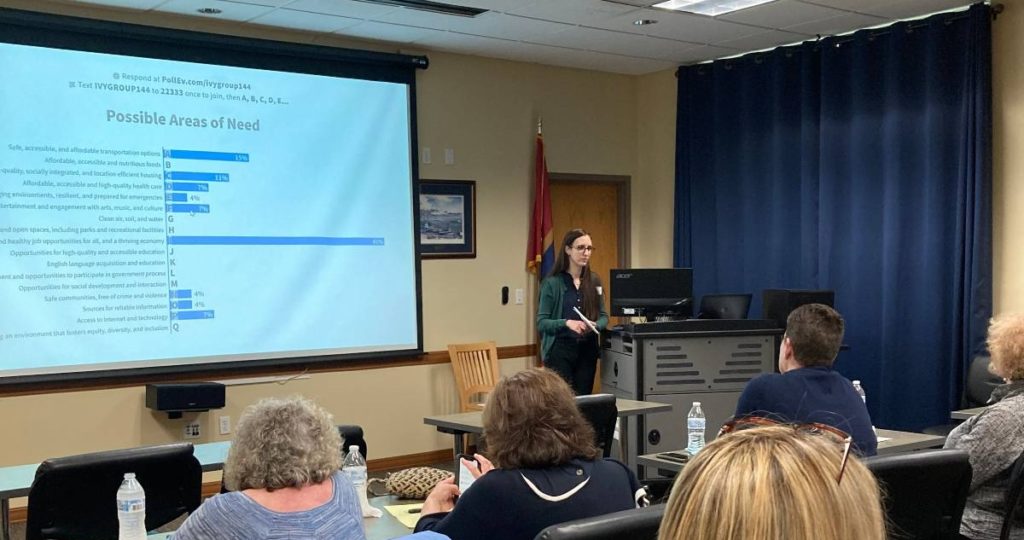
The strategic planning process calls for many forms of communication. By inviting community input, the Library expresses its openness to resident feedback and its commitment to aligning services with their needs. By participating in surveys, forums, and planning sessions, residents and stakeholders declare their needs.
In a variety of working sessions, Library insiders share ideas about the Library's mission, priorities, and tactics (especially important for a library system spread across 5 branches.) Each of these is a kind of essential communication which contributes to the success of the planning process. The final strategic plan itself then communicates to everyone the results of the process and the Library's intentions going forward.
That plan, of course, also lays out several goals and recommendations for future Library communications.
"HCLS will improve communication with internal and external audiences. Scheduled, transparent communication from administration will better inform HCLS of priorities and changes. Targeted messages will inform underserved communities about HCLS's ongoing offerings. Library administration and trustees will promote the Library's offerings to government leaders and Foundation board members to demonstrate HCLS's return on investment of public and private funding."
FY 2023-2027 Strategic Plan, p. 14
Internal communications tactics
The specific recommendations touch on many areas, notably external communications. We'll make room here for just a brief glimpse at a few suggestions pertaining to internal organizational health:
- Publish a quarterly staff newsletter with submissions from all branches and departments and summaries of Board, Foundation, and committee meetings
- Establish and enhance existing programming, circulation, and collection development committees that meet on regular schedules both in-person and virtually
- Maintain an easy-to-use staff portal with updated information on policies, procedures, forms, benefits, contact information, and meeting minutes
- Identify and communicate key offerings for staff to promote when speaking to patrons, and encourage staff to informally promote services and programs based on patron interactions
Good internal communication begins right away during employee onboarding and continues through training and evaluation. Finally, one of the clearest ways that a Library communicates to its staff is through compensation and benefits.
In-house benchmarking showed the Library how it compared to peers in these areas, and the plan recommends increases to promote long-term retention. Bringing wages and benefits to competitive levels will help the Library reduce the costs of turnover and low morale—and will communicate how much the Library values its dedicated staff.

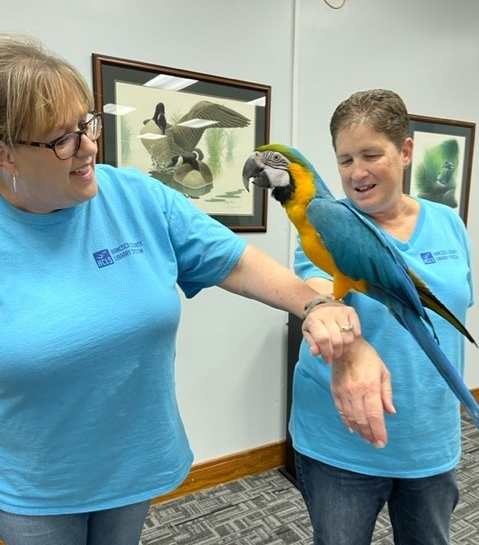
Making Progress
HCLS staff and leadership are hard at work putting their plan into action. They have removed late fines, begun planning the sign-up campaign expansion, and are securing funding for a bookmobile. They’re strengthening internal and external communications, and they’ve undertaken the first steps in providing countless long-term benefits to their community.
We're looking forward to watching their progress in the years ahead.
"This process was painless and [Ivy] met all my expectations. I'm pleased with the final product.... It met everything I had laid out in my own mind as to what to expect to move the Library forward."
John Brdecka, Director of HCLS
Category: Library Work
Tags: libraries, strategic plans
